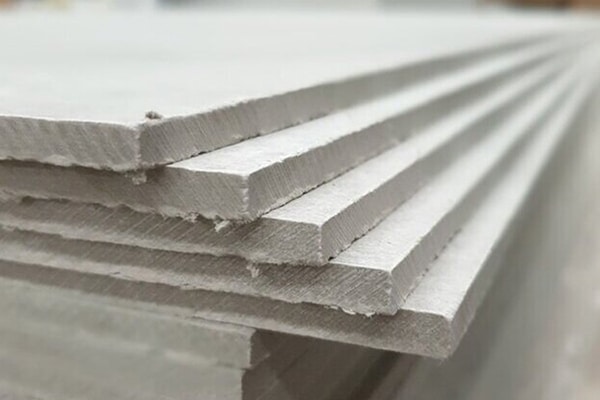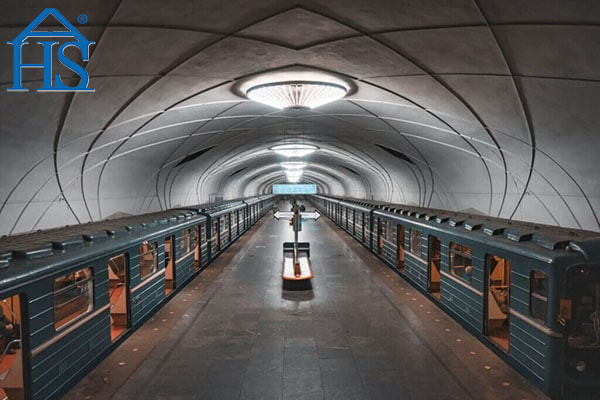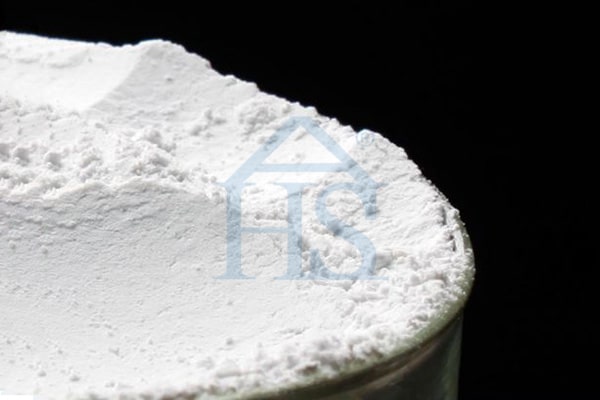Isıya dayanıklı malzemeler are divided into two types, biri sabit malzeme ve diğeri belirsiz malzeme, the castable refers to the indefinite refractory material. We know that micro silica fume is a good refractory additive, which can improve the casting performance of the castables, enhance the cohesiveness and prolong the service life, so what is the specific role of mikro silika dumanı in cement castables?
What is Low cement castable?
Low cement castable is a new type of high performance refractory castable developed in the seventies, firstly developed by France. It is widely used in various industrial high-temperature furnaces and has good technical and economic effects. 1983, Pittsburgh General Refractories Company in the United States used low cement castables for the lining of the trench cover of the main iron outlet of the dry blast furnace, and the service life was three times that of the original ordinary castables, itibaren 75-100 ile 300-400 fırınlar.
Low cement castable VS common castables
Both low cement castables and common castables use calcium aluminate cement. Yine de, after the former is equipped with micro-silica powder and high efficiency water reducing agent, the cement dosage is 4-8% and the water added is only 5-8%, which is significantly less than the latter with 15-20% cement dosage and 10-15% water added. Low-cement castables can not only save 50-70% of expensive aluminate cement, but also improve the performance.
The role of silica fume in cement castables
Pore rate and pore structure
The apparent porosity of low cement castables compared with ordinary castables after heating at 1400℃ is 20.4% for the former and 26.4% for the latter, an increase of nearly 30%. The total porosity in the low cement castables was lower than that of ordinary castables as measured by the pressure pump method. The ordinary castables after heating at 800°C increased nearly 40% compared to 110°C drying.
In terms of pore size distribution, the pore size of ordinary castables greater than 100A is 2-3 times of that of low cement castables, and the pore size of less than 1000A is only 30-50% of that of low cement castables.
Strength change characteristic
The strength of low cement castables can grow continuously in low temperature, medium temperature and high temperature stage, while the medium temperature strength of common castables has obvious decrease.
Thermal state flexural strength
When the line changes in heating, the shrinkage value of low cement castables is lower than that of ordinary castables. When it reaches 1500℃, the low cement castables show a micro expansion of 0.1-0.8%, so the material does not show cracks. The refractoriness of low cement castables was measured to be 1790-1830℃, which is higher than that of ordinary castables (1690-1710℃).
Load softening point test
The thermal expansion is basically the same between the two types of castables before 1400℃, after 1400℃ the low cement castable shrinks slightly and then starts to expand again, the expansion rate is 0.5% at 1500℃, while the ordinary castable shrinks sharply after 1400℃, the expansion rate is already negative at 1500℃ (-1.8%).
Erosion resistance
The test with converter slag heated to 1450℃ and constant temperature for 3 saat, the erosion amount of low cement castable is about 4CM2, which is better than 7CM2 of common castable. Şu ana kadar, the General Institute of Metallurgy and Construction has developed DJ series of various grades of cement castable and used them in many projects.




